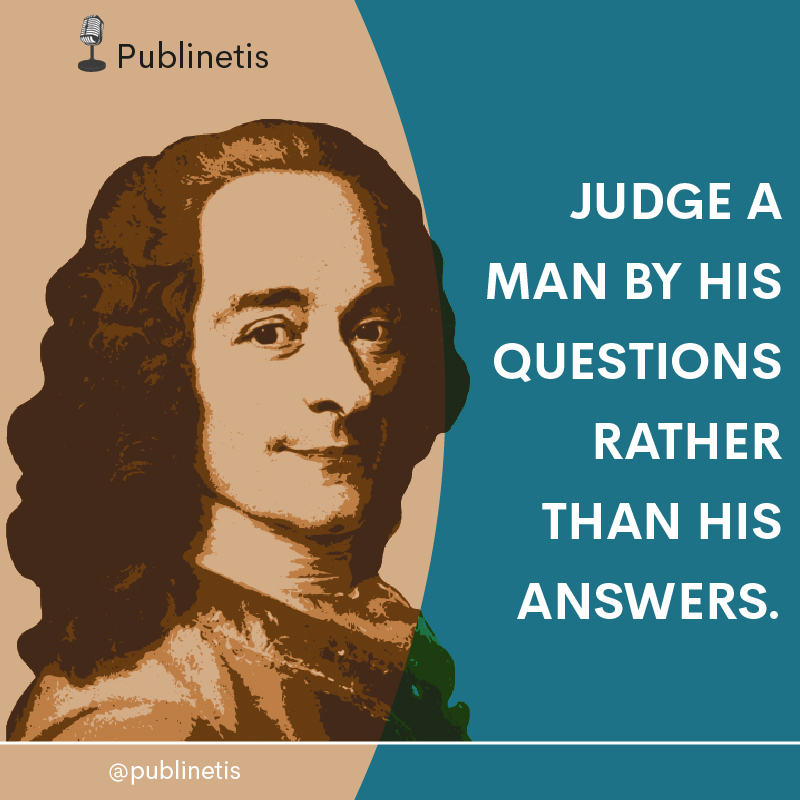The interview in journalism is a widely used format, published as a storytelling or as Q&A. An interview is a discussion on a specific topic between a journalist or interviewer and a person, called the interviewee. It is different from simply gathering information from a source, it is something deeper. Discover 14 useful tips for conducting a good interview.

1. Know and determine if your interview will be by phone, video, in-person, or email. You will be able to prepare differently. In general, an email interview requires more preparation because there is no immediate follow-up.
2. Research. Gather as much information about the interviewee as possible. Clarify the interviewee’s (source’s) name and attributions such as title, position, occupation, etc. Try to find previous interviews of your interviewee, if any.
3. Gather as much information as possible about the topic or subject of the interview, do your research.
4. Script of basic questions. Make a list of as many questions as you want to ask, use a system like Publinetis.com or Google Drive. Put the most important questions at the top, think carefully about your first question. It is also better to have too many questions than not enough. To come up with good question ideas, try asking yourself this question: “What would the audience like to know?
Read too: Asking the right balanced questions in an interview
5. If possible, work as a team to define and create the best questions and question hierarchy (on Publinetis.com you can use our Team Hub system).
6. Listen and concentrate for a non-written interview. Don’t necessarily stick to the script (list of questions), try to ask follow-up questions. Look the interviewee into his eyes.
7. Ask short, objective questions (not too general).
8. Prefer open-ended questions (use words like “why” or “how”). Avoid yes or no questions, meaning to closed and short answers from the interviewee.
9. If possible, ask one question at a time, especially orally; avoid asking multiple questions at once, which may confuse the interviewee.
10. At the end of the interview, it is a good idea to ask this type of question: “Do you have anything to add?” or “Did I forget to ask you a question?”
11. If the interview is face-to-face, video, or telephone, try to record the interview for legal purposes. Then, if possible, transcribe your interview (if in person, by phone or video).
12. If the news organization allows, consider offering pre-publication review. A tool like Publinetis can help you in the pre-publication and edition process.
13. Write and edit your interview. You can decide whether to publish your interview as a form of indirect storytelling – for example: “The interviewee said…” or as a Q&A. The latter format is good for long interviews. In all cases, it is always important to write an introduction (lede or lead) to your interview.
A tool like Publinetis can help you in the pre-publication and edition process.
14. Publish and send link to interviewee. If your interviewee is published on the web or social media, send a link to the interview to the interviewee. Ask him or her to share the interview on his or her social media.
To read: Asking the right balanced questions in an interview

Updated: May 14, 2024. By Xavier Gruffat. Main source: Naveed Saleh. The Complete Guide to Article Writing, Cincinnati: Writers’Digest Book, 2013.
Picture: Adobe Stock. Infographic: Pharmanetis Ltd.